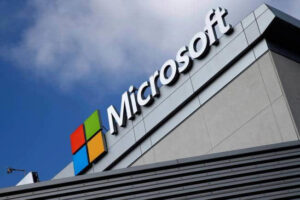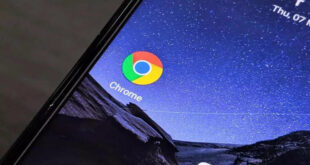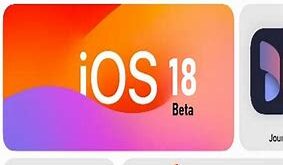What we covered?
Microsoft’s Innovative Privacy Tool: Eye-Tracking Technology for Screen Privacy

Microsoft might be developing a new tool to enhance the privacy of computer screens. The Redmond-based tech giant has published a patent for a user privacy-centric tool that utilizes eye-tracking technology to hide or blur parts of an encrypted document that the user is not actively viewing. This innovative approach ensures that only the section being read is legible, while the rest of the screen remains blurred, providing a comfortable reading experience.
Existing Privacy Solutions
When it comes to protecting your screen’s content from prying eyes, several solutions already exist. Physical privacy screens, for example, can be attached to your display.
These screens mask the entire display for anyone attempting to view it from an oblique angle, such as a nosy co-worker or a stranger at a café.
These privacy screens can be easily attached magnetically at the top of the display, near the webcam.
In addition to physical screens, privacy-focused software is available that blurs the part of the screen the user is not looking at, creating a spotlight effect. However,
this approach often leads to an uncomfortable and inefficient reading experience.
Microsoft’s Approach: Gaze Prediction for Seamless Privacy
Microsoft aims to improve on existing solutions by ensuring a more comfortable and efficient user experience. The company’s new tool will employ “gaze prediction techniques” to enhance privacy without compromising usability. With the help of sensors, the tool will anticipate the user’s reading pattern and reveal the parts of the screen that the user’s eyes are likely to focus on next.
The Importance of Screen Privacy
Casually glancing at someone else’s computer screen might seem harmless, but it can pose significant risks, especially when sensitive information is involved. Entering banking details or social media credentials at work or in public places can expose you to potential security threats. Ensuring that no one can see your screen is crucial for maintaining privacy and security.
Looking Forward
Microsoft’s patented technology represents a promising advancement in screen privacy. By leveraging eye-tracking and gaze prediction, this tool could offer a seamless and secure reading experience, protecting sensitive information from unauthorized viewers. Let’s hope Microsoft continues to develop this technology and brings it to market soon.

